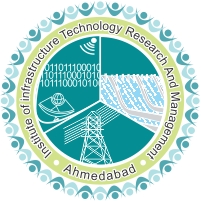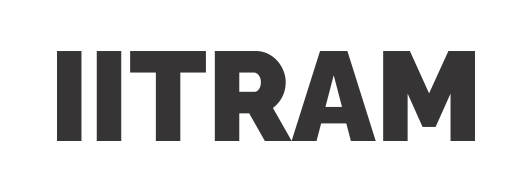Life cycle assessment of environmentally friendly initiatives for sustainable machining: A short review of current knowledge and a case study
Authors :- N Khanna, J Wadhwa, A Pitroda, P Shah, J Schoop
Publication :- Materials and Technologies, Volume 32, July 2022
The establishment of energy and resource-efficient machining processes is key for achieving more sustainable production in the manufacturing industries. However, accomplishing the eco-efficiency goal for machining high-strength materials used in the automotive and aerospace industry is challenging, because a trade-off must be achieved between energy consumption and economical productivity. To address this challenge from an ecological perspective, this study focuses on a detailed literature review of Life Cycle Assessment (LCA) analysis made on machining processes considering the comparison of cutting fluid strategies. Along with this, the present study also provides an extensive elucidation regarding the steps required to analyze LCA. Besides, this study aim to analyze LCA analysis in machining processes, and present the case study about macro-level comparative LCA of turning in-house cast AXZ911/10SiC metal matrix composites (MMCs) for three levels of cutting speed (vc), longitudinal feed rate (f), and axial depth of cut (ap). Each condition was subjected to three different cutting fluid approaches i.e., Dry, Liquid Carbon Dioxide (LCO2), and Liquid Nitrogen (LN2). Streamlined LCA (SLCA) was performed for 18 environmental impact categories using the Ecochain Mobius platform, connected to ReCiPe midpoint (H) and normalized with World (H) method. The findings showed that for all the levels of ap and the same cutting strategy, the lower vc and lower f result in a higher environmental impact. The comparison of the cutting fluid approach in terms of their correspondent normalized impact score reveals that machining in the cryogenic environment of LN2 with higher vc and higher f is the most sustainable and economical approach.

